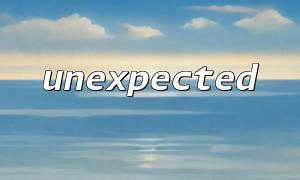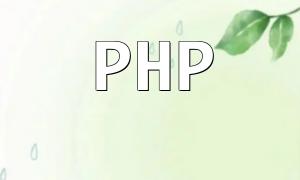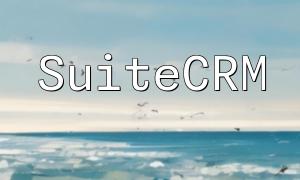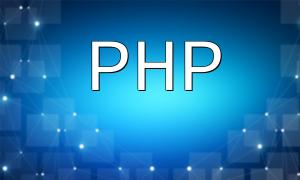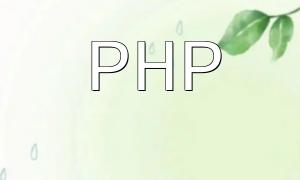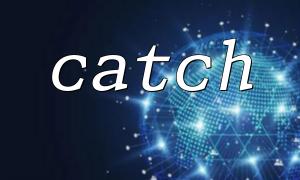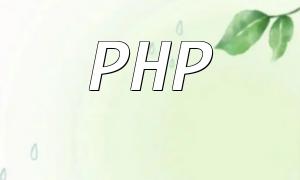In modern web development, image processing has become an essential part. The GD library is a popular and powerful tool for image manipulation, especially when working with PHP. In this guide, we'll walk you through how to create a simple image canvas using PHP and the GD library.
The GD library is a widely used extension for image processing, providing various functions and algorithms to help developers create, edit, and manipulate images. The integration of GD with PHP allows developers to easily implement a wide range of image operations, such as drawing, cropping, and resizing.
First, ensure that the GD library is installed in your PHP environment. You can check if it's installed by using the following code:
<?php
// Check if GD library is installed
if (extension_loaded('gd') && function_exists('gd_info')) {
echo 'GD library is installed';
} else {
echo 'GD library not found';
}
?>
If the output shows "GD library is installed," it means the library is already installed. If not, you need to enable GD in your php.ini file and restart your web server. In most cases, you just need to uncomment the line "extension=gd".
To create a new canvas, you can use the GD library's functions to create a blank image. Here's an example of how to create a canvas:
<?php
// Create a canvas
$width = 500; // Width of the canvas
$height = 300; // Height of the canvas
$image = imagecreate($width, $height);
// Set the background color of the canvas to white
$bgColor = imagecolorallocate($image, 255, 255, 255);
imagefill($image, 0, 0, $bgColor);
// Display the canvas in the browser
header('Content-Type: image/png');
imagepng($image);
// Destroy the canvas
imagedestroy($image);
?>
In this example, we used the imagecreate() function to create a canvas with a width of 500px and a height of 300px, setting the background color to white and outputting it in PNG format.
Drawing shapes on the canvas is very simple. Here, we'll demonstrate how to draw a rectangle and a circle on the canvas:
<?php
// Create a canvas
$width = 500; // Width of the canvas
$height = 300; // Height of the canvas
$image = imagecreate($width, $height);
// Set the background color of the canvas to white
$bgColor = imagecolorallocate($image, 255, 255, 255);
imagefill($image, 0, 0, $bgColor);
// Draw a rectangle
$rectColor = imagecolorallocate($image, 255, 0, 0); // Red
$rectX = 100; // Starting X coordinate of the rectangle
$rectY = 50; // Starting Y coordinate of the rectangle
$rectWidth = 200; // Width of the rectangle
$rectHeight = 100; // Height of the rectangle
imagefilledrectangle($image, $rectX, $rectY, $rectX + $rectWidth, $rectY + $rectHeight, $rectColor);
// Draw a circle
$circleColor = imagecolorallocate($image, 0, 0, 255); // Blue
$circleX = 300; // Center X coordinate of the circle
$circleY = 150; // Center Y coordinate of the circle
$circleRadius = 50; // Radius of the circle
imagefilledellipse($image, $circleX, $circleY, $circleRadius * 2, $circleRadius * 2, $circleColor);
// Display the canvas in the browser
header('Content-Type: image/png');
imagepng($image);
// Destroy the canvas
imagedestroy($image);
?>
In this example, we used the imagefilledrectangle() function to draw a red rectangle and the imagefilledellipse() function to draw a blue circle. You can modify these shapes by adjusting the parameters accordingly.
By following this guide, you have learned how to create a simple image canvas using PHP and the GD library, as well as how to draw basic shapes like rectangles and circles. The GD library offers a wide range of powerful image processing functions. Once you're comfortable with these basics, you can start exploring more advanced features of the library and apply them to real-world projects. Happy coding!
